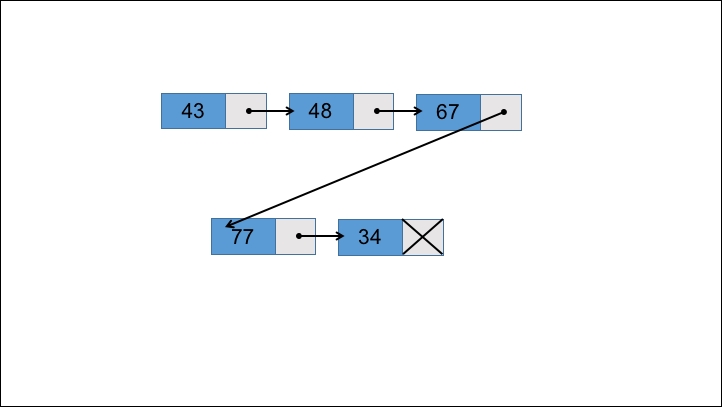The Swift standard library provides the building blocks by providing basic collection types you can use to build your applications. In this chapter, we're going to build on what we learned in the previous chapter and design several commonly used data structures that are used in computer science. Suppose you're receiving a steady stream of data and you want to ensure that it gets processed in the order it arrived. Well, if you use an array data structure, you would need to ensure the data is appended at the end of the array and read from the beginning of it. What if you needed to insert data based on the priority of the data type?
In this chapter, we're going to learn how to visualize data structures so we'll have a clear picture of what they look like in our head. This will prove helpful when you're working through your application requirements; if you can visualize in your head how the data is stored you'll be able to select the best algorithm...



































































